FIRST and foremost, Id like to acknowledge the hundreds of filmmakers whose names appear in the credits of the films Ive worked on and who took the time to share their knowledge with me during the course of my career. Their friendship means a lot to me.
I would like to thank Peter Joseph, my editor at Thomas Dunne Books, for his enthusiasm and insight, and for making the writing process so enjoyable for me.
Thanks also to my agent, Helena Schwarz, for her perseverance and guidance; to Brian Hamill for his friendship and great photography; to Phil Caruso for his kind and valuable advice; and to Melissa Tomjanovich for her help and efficiency.
Finally, Id like to thank my wife, Kathy, and my children, James, Kate, and Mackenzie, for their inspiration and support.
PREFACE
MAKING a feature film is a lot like raising a teenager. Its not only exhausting, its almost impossible to do well. At one time or another, both endeavors become, at least briefly, unrecognizable even to those of us present at their conception. Both tasks are prohibitively expensive, take on a life of their own, and evoke more criticism than praise. While they begin as cherished and beloved projects, and are nurtured and embraced with great expectation, the process of filmmaking, like that of parenting, is always daunting. Somewhere along the way, both film and child go through a transitional and sometimes difficult stage. Then, through diligence, perseverance, and a bit of blind faith, they hopefully become, once again, worthy of our devotion and evolve into something to be proud of. Or at the very least, upon reflection, the experience is one we can think back on without cringing.
Which brings me to one of the most important things I know about filmmaking: If its not in the shot, it doesnt matter. While the process of filmmaking, like that of parenting, leaves us drowning in the pedestrian, in the tedium of day-to-day details, to succeed, we must remember the big picture. It is easy to lose sight of the finished project when we cant see past the twelve-hour day it may take to shoot just part of a single scene, or the two extra days we need and dont have to do the work, or that location we just lost. If its not in the shot, itdoesnt matter. Ive said it to Barbra Streisand, Irwin Winkler, and many a first-time director.
I realize that this, like so many of the other tenets of good filmmaking, I learned on the set with Woody Allen. These indelible truths were gleaned from the master himself, over almost two decades, then etched in stone by the great cinematographers Gordon Willis, Carlo Di Palma, and Sven Nykvist. The spoken and unspoken axioms were learned and relearned over the course of eighteen films, from Stardust Memories to Mighty Aphrodite. They provide insight for both film viewer and filmmaker alike, and hold true whether youre sitting in a theater, making your first student film, or shooting a career-capping, big-budget studio picture.
So here they are, my self-proclaimed commandments of great filmmaking, covering both the creative and technical, the groundbreaking and the mundane. Shoot in flat light. Keep the script to one hundred pages. Sweat the small stuff. Pick your ten best shots. Shoot on a low floor. Move the camera. Assume nothing. Recognize the power of a single line. Have a nice lunch. And of course, because art imitates life: If its not in the shot, it doesnt matter.
1
LEARN THE VOCABULARY OF FILM.
ITS three oclock in the morning. Im standing on the boardwalk in Asbury Park, a community on the New Jersey shore that has seen better days. It is twelve degrees out, and though I am clad in Gore-Tex and goose down and fleece, the January wind off the ocean is cutting right through my clothes and skin.
I am surrounded by a seventy-five-member film crew, tons of equipment, and have only four hours and eighteen minutes until the sun comes up. Despite the cold, I am holding a walkie-talkie in my bare hand because I cant press the talk button down or turn the knobs with my gloves on. When I make the call, First teams ready, a thought flashes through my mind. It is not Will the camera freeze? or Will the dialogue be audible above the wind? It is not Will Robert De Niro and James Franco be able to navigate the icy boardwalk and deliver a performance in these conditions? It is far more self-indulgent. At this moment, steeped in exhaustion and biting cold, I ask myself, How did I end up here? And I realize it is because I didnt want to wear a necktie.
When I got out of college and my peers headed off to Brooks Brothers and Wall Street, I knew only that one thing: that I didnt want to wear a tie to work. So I started reading Variety and noticed a small ad in the back announcing a training program offered by the Directors Guild of America. A few phone calls and a written application landed me in New York City, where I took a series of entrance exams given by the Directors Guild for a spot in a two-year training program for assistant directors. I had only a vague sense of what an assistant director did, but it sounded promising.
Of the nearly one thousand applicants, only seven of us were selected, and I was assigned to the first film to start up in New York that autumn. When I walked into the production office on day one in my white shirt and creased pants, I still wasnt wearing a tie, but I did feel something tightening around my neck. Not silk perhaps, but apprehension. I knew I had a lot to learn.
Film students and filmmakers often talk about the language of filmthe lenses, method of framing, and shot selectionmat are the brick and mortar of our trade. But I didnt learn this vocabulary and grammar from textbooks with pages of diagrams depicting camera angles, or by discussing blocking, aspect ratios, and the benefits and limitations of standard coverage while sitting in a classroom. I wasnt inundated with essays enumerating the mechanics of screen direction or the philosophy behind New Wave cinema and Jean-Luc Godards use of close-ups, or Hitchcocks high angles, Kurosawas preference for long lenses, or Fellinis brilliance. Instead, I learned what is referred to as the vocabulary of film in the total immersion of a film set.
I learned about long lenses and depth of field not from the course material handed out second semester, or during a day spent at the library with film journals, but from the syllabus of a long string of ten-week shoots on the streets of New York. My education occurring not over a few semesters, but over a few decades. Taught to me, not by professors in a classroom, but by filmmakers with dolly track at their feet and their eye to a viewfinder. My understanding of the differences between the styles of European and American filmmakers, explained not in the theoretical secondhand words of a textbook, but by the thick, accented voices I can still hear in my head; Lajos Koltai, Miroslav Ondrcek, Juan Ruiz Ancha. The Europeans love for the zoom lens; its simplicity, its versatility and freedom, the fluidity of a single shot demonstrated as I witnessed its use in the hands of Giuseppe Rotunno and Sven Nykvist. Then theres Woodys masterful blocking, Emmanuel Lubezkis inspired lighting


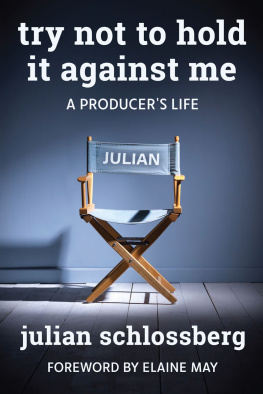
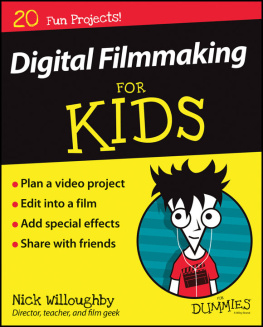
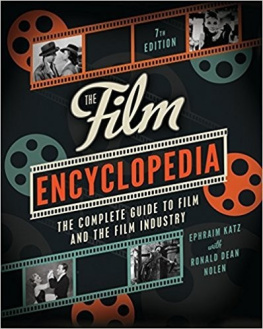
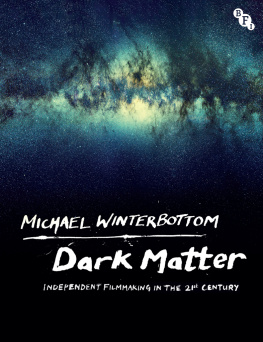
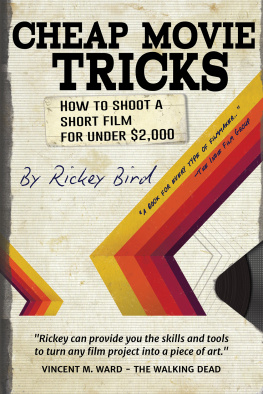

 New York
New York